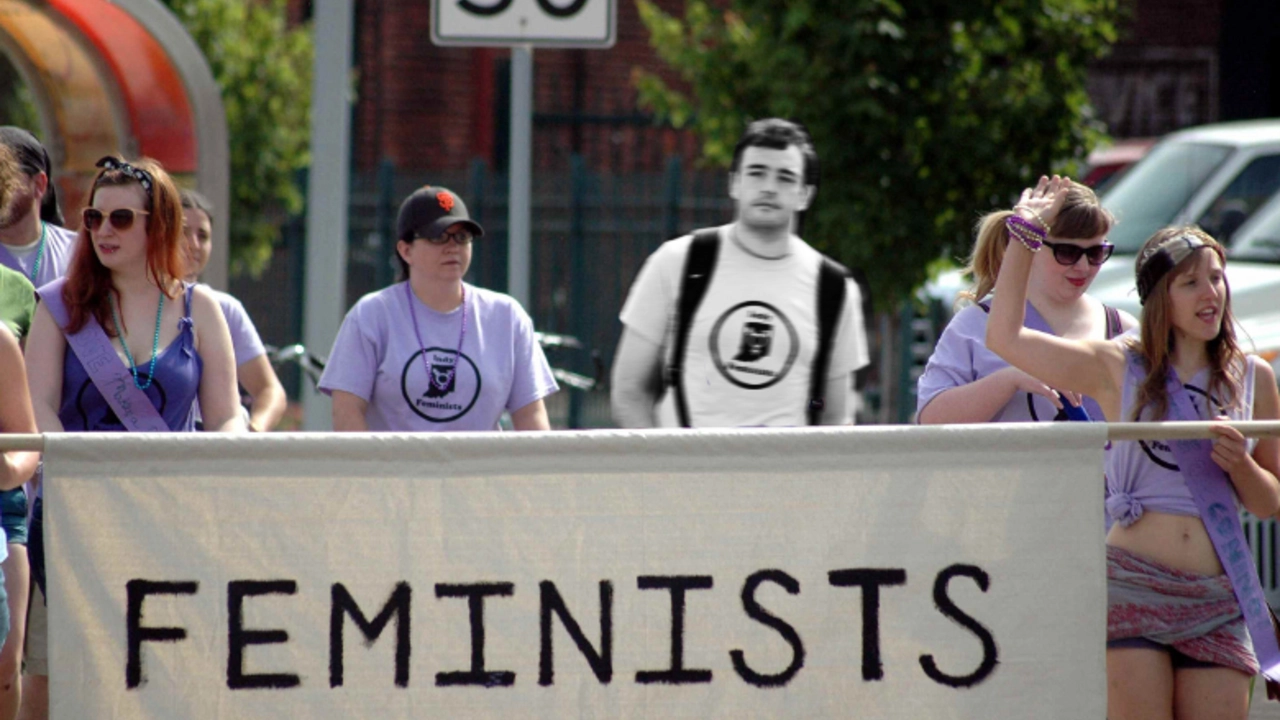Absolutely, a straight man can be a feminist. Feminism is about believing in and advocating for equality of the sexes, which is not limited to any gender or sexual orientation. In fact, many straight men identify as feminists and actively support women's rights. It's crucial to remember that feminism isn't about being against men, but about challenging the systemic inequalities women face. Therefore, anyone can be a feminist as long as they believe in and fight for gender equality.
Gender Equality in Motorsports: Why It Matters and How It’s Changing
Did you ever wonder why there are still so few women on the podium or in the pit lane? The answer isn’t just about skill – it’s about access, culture, and the old belief that racing is a guy’s game. In motorsport, gender equality means giving women the same chances to learn, compete, and shine as their male peers.
When you look at the history of racing, the stories of trailblazers like Maria Teresa de Filippis, Danica Patrick, and more recently, Jamie Chadwick, stand out. They didn’t just win races; they broke the invisible barriers that kept many women out. Their success shows that talent is everywhere, but the road to the front row has been blocked by bias, lack of sponsorship, and limited role models.
What’s Holding Back Gender Equality?
First, the money game. Sponsors often think a male driver will sell more merchandise, so they pour cash into men’s teams. That leaves women with smaller budgets and fewer chances to test new cars. Second, the “you don’t fit the mold” mindset. Young girls who love speed rarely see female racers on TV, so they stop imagining themselves behind the wheel.
Third, the networking gap. Racing circles are tight‑knit, and without the right connections, a promising driver can get stuck in the lower leagues. Finally, safety concerns are sometimes exaggerated for women, leading to extra hurdles in getting a racing licence or a seat on a team.
Steps the Motorsports World Is Taking
Good news: change is happening fast. Major series like Formula 1 and the World Superbike Championship have launched diversity programmes that offer scholarships, mentorship, and dedicated training tracks for female talent. The FIA’s Women in Motorsport Commission is pushing for more seats for women in technical and managerial roles, not just as drivers.
Grass‑roots clubs are also stepping up. In the UK, clubs partner with schools to run “Girls on Track” days where kids can try a kart, meet a female mechanic, and see that a racing career is real. These events boost confidence and create a pipeline of talent that would otherwise go unnoticed.
Companies are reacting too. Brands see the marketing boost from supporting women racers, so they fund junior programs that cover everything from equipment to travel costs. That means more women can enter international series without worrying about finances.
Even politics plays a part. The recent article on Angela Rayner shows how having strong, working‑class women in leadership can change the conversation around equality. When a public figure stands up for fairness, it reinforces the idea that motorsport should follow suit.
If you’re a fan, you can help by cheering for female drivers, sharing their stories on social media, and demanding diverse line‑ups from teams. If you’re an aspiring racer, look for scholarship programmes, join local clubs, and find a mentor who believes in your talent.
Bottom line: gender equality in motorsport isn’t a distant dream. It’s a practical goal that needs funding, visibility, and a shift in mindset. With each new woman who takes the wheel, the sport gets richer, more exciting, and truly global. So next time you watch a race, keep an eye on the rising stars breaking the mold – they’re the future of the sport.
